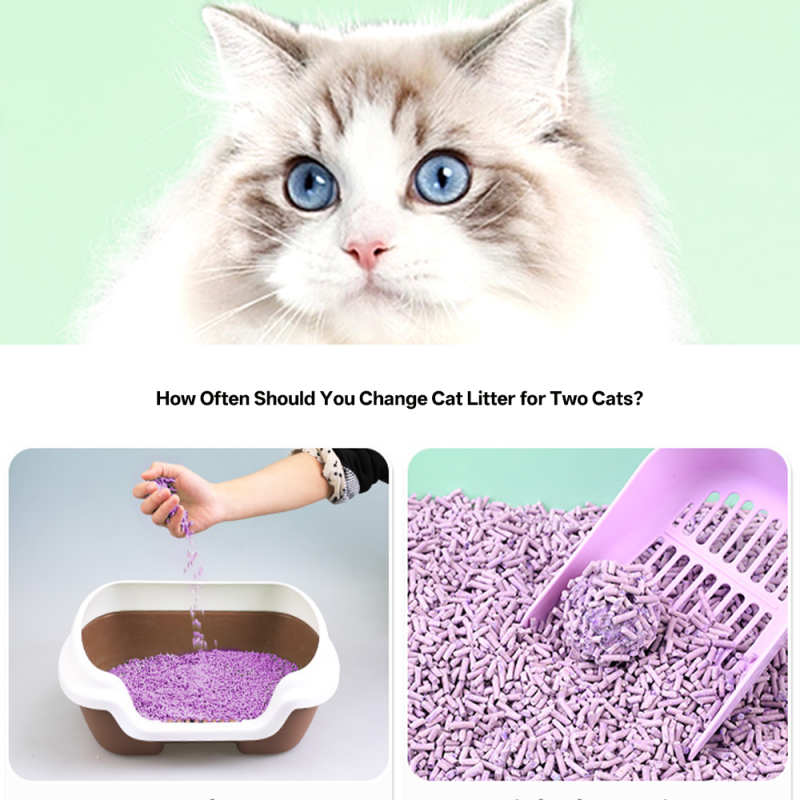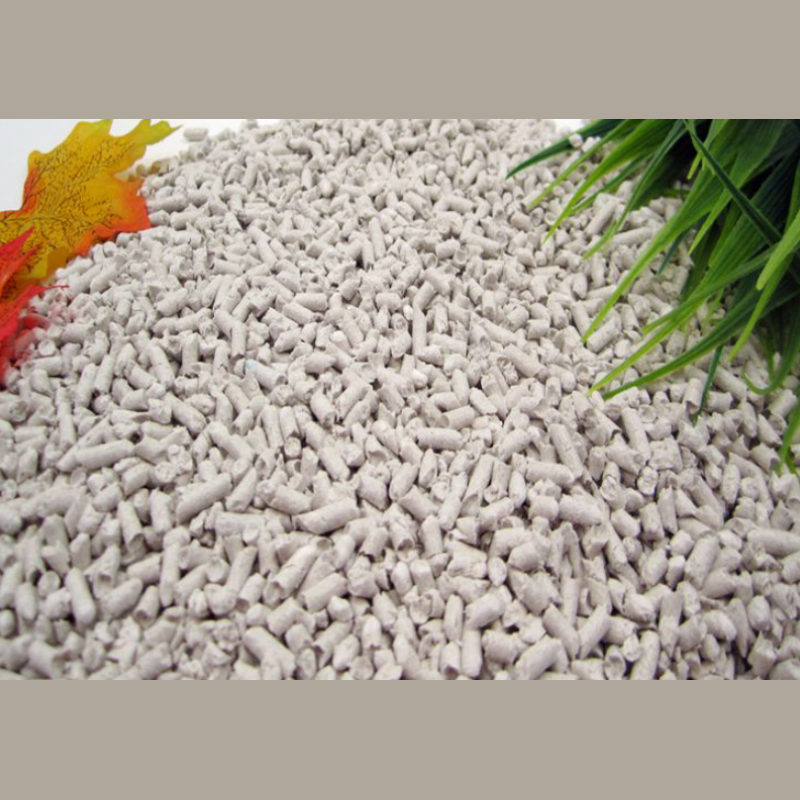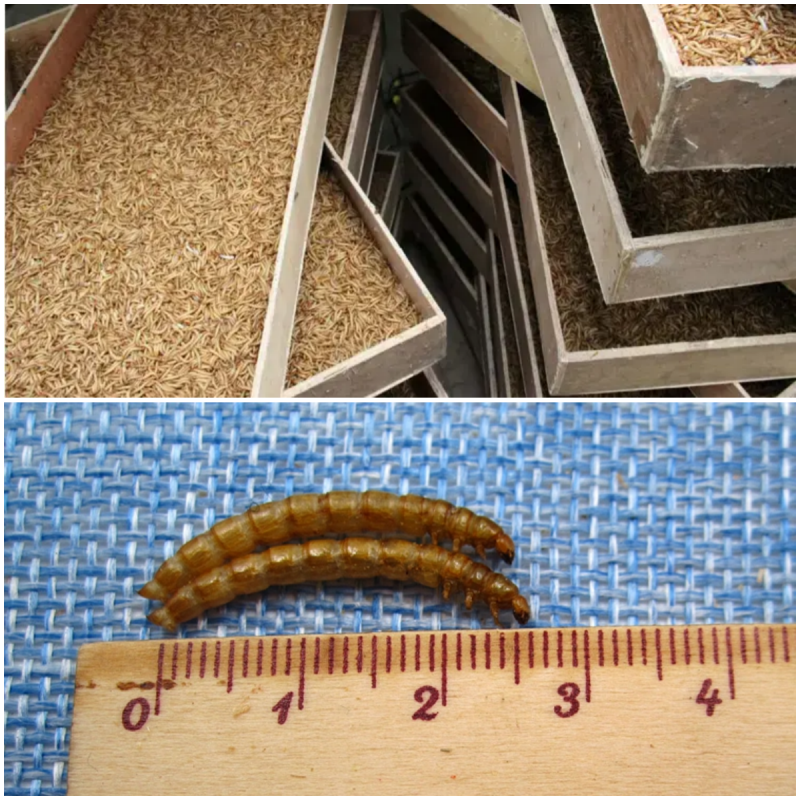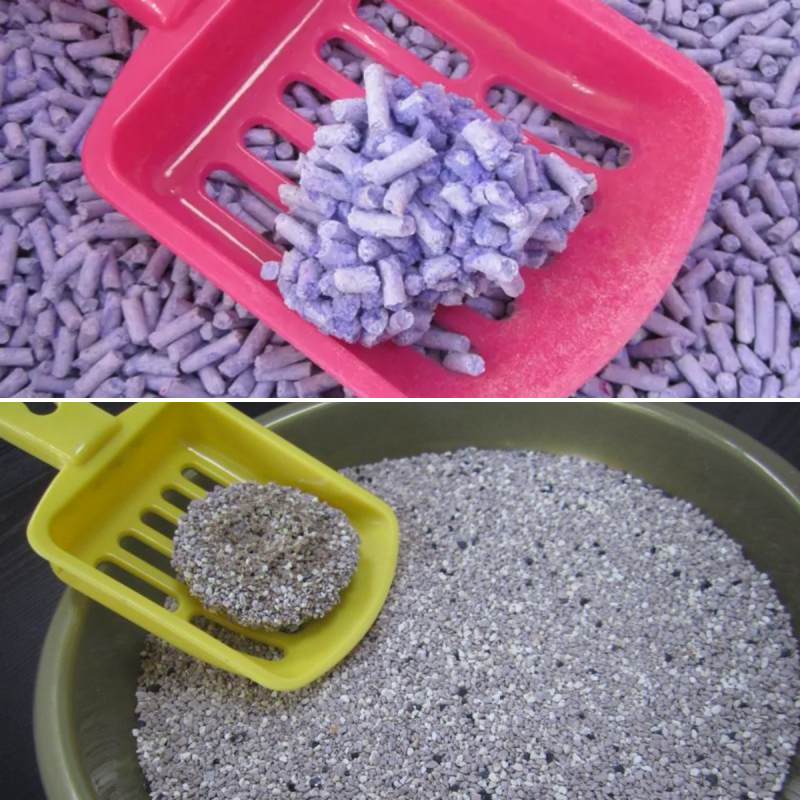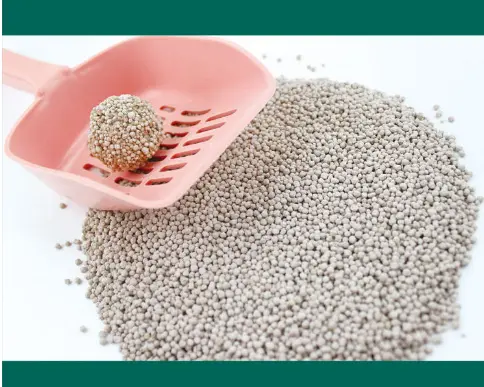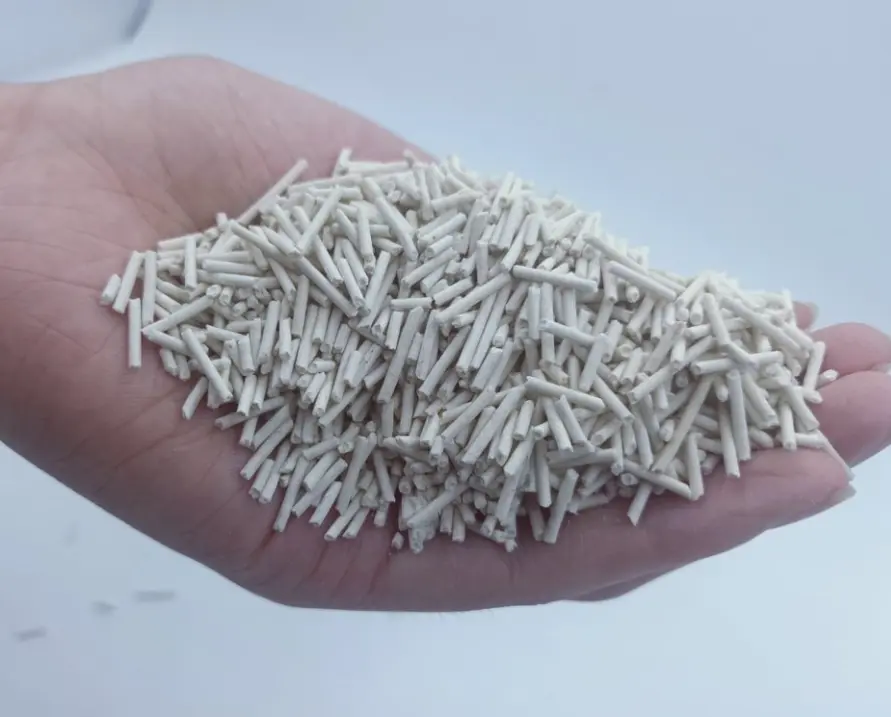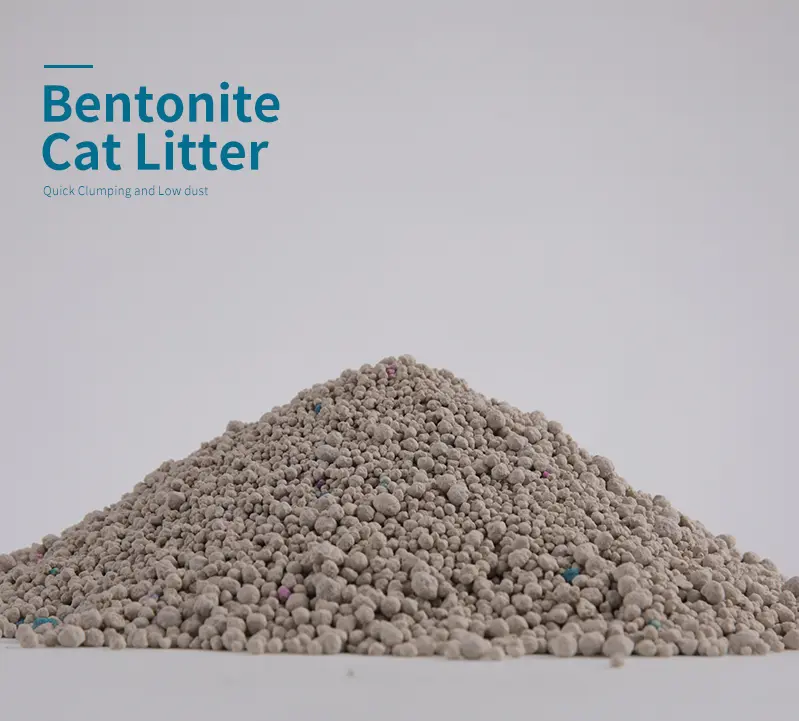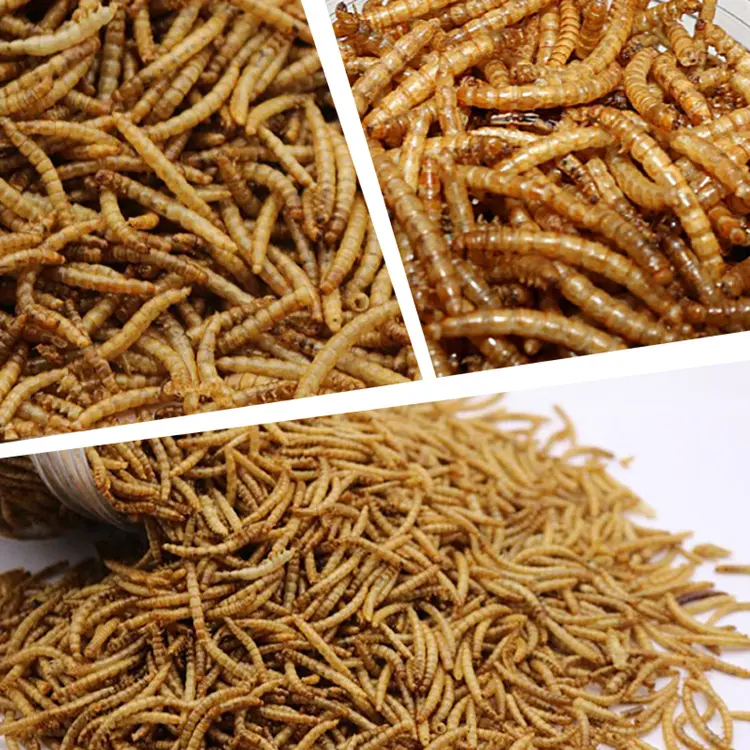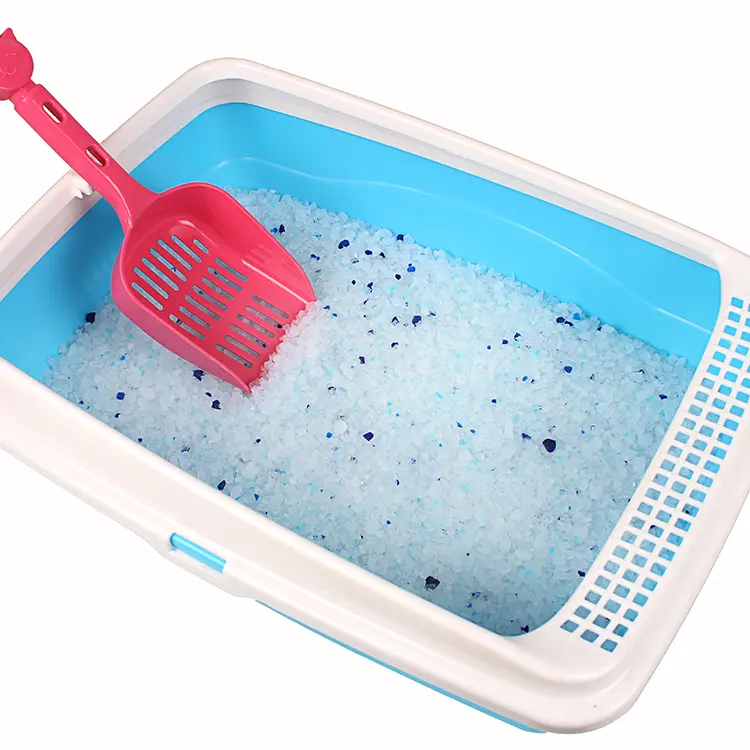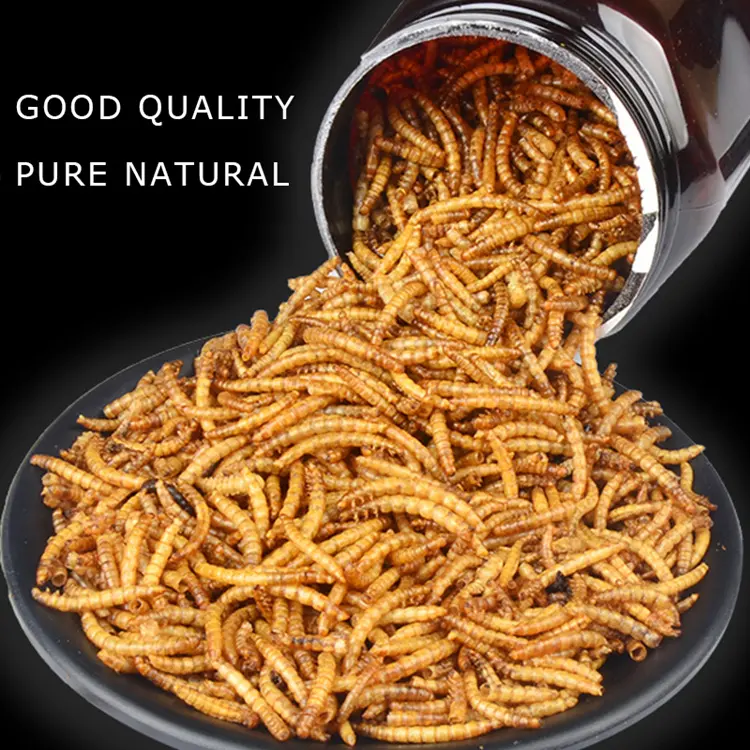Cats are fastidious creatures, and as any multi-cat household knows, maintaining a clean litter box is not just a matter of hygiene—it's a critical component of feline happiness and health. But with two cats sharing one or more boxes, how often should you change cat litter to keep everything—and everyone—content?
Surprisingly, the answer isn't as simple as “every X days.” It depends on a cascade of variables: the type of litter, the size and number of litter boxes, your cats’ diet, your cleaning habits, and even the layout of your home. In this in-depth guide, we’ll break down what science and experience say, supported by research data, expert insights, and real-world applications. Whether you're a seasoned pet parent or new to the world of feline companionship, here's everything you need to know.
Why Litter Hygiene Matters—Especially with Two Cats
Two cats can mean twice the love, but it also means twice the waste—and that translates into faster buildup of odors, ammonia, and bacteria. Not only can a dirty litter box repel your cats (leading to "accidents" around the house), it can also pose health risks like urinary tract infections and respiratory issues for both pets and humans.
Veterinary studies indicate that cats are far more likely to develop stress-related conditions when they don’t have access to a clean and private space to eliminate. And with two cats? The stress compounds quickly unless cleaning is frequent and consistent.
So the question becomes: how often is "often enough"?
Research-Based Guidelines: How Often to Change Cat Litter for Two Cats
The following table illustrates data-backed recommendations for five common types of cat litter, specifically when used for two cats. Keep in mind, these are general averages—the real answer depends on your unique setup.
Cat Litter Change Guidelines (for Two Cats)
| Cat Litter Type | Recommended Full Change Frequency | Spot Cleaning Frequency | Odor Control Level | Eco-Friendly |
|---|---|---|---|---|
| Clumping Clay (Bentonite) | Every 2–3 days | Daily | Moderate | No |
| Silica Gel | Every 7–10 days | Daily | High | No |
| Pine | Every 3–5 days | Daily | Moderate | Yes |
| Tofu | Every 4–6 days | Daily | High | Yes |
| Corn-Based | Every 4–6 days | Daily | High | Yes |
These figures were compiled from manufacturer guidelines, veterinary hygiene recommendations, and user-based behavior studies. Notice how clumping clay litter (bentonite), which is the most common, requires full replacement every 2–3 days in a two-cat household. On the other hand, silica gel can last longer due to its high absorbency, but only if spot cleaned daily.
Environmentally friendly litters like tofu and corn are relatively new entrants—but they've quickly grown in popularity due to their biodegradable nature and strong odor control.
Factors That Affect How Often You Should Change the Litter
It's not enough to follow a blanket rule. A proper litter maintenance schedule must consider the individual context of your household. Several subtle yet impactful variables influence how frequently litter should be replaced.
Factors Affecting Litter Change Frequency
| Factor | Impact Explanation |
|---|---|
| Number of Cats | More cats = more waste and odor → more frequent changes. |
| Litter Type | Some absorb better and last longer (e.g. silica or tofu). |
| Litter Box Size | Smaller boxes = faster saturation = more changes needed. |
| Ventilation & Room Conditions | Poor airflow makes odor worse → change more often. |
| Diet & Health of Cats | High-protein diet or illness → stronger odor or more waste. |
Let’s explore each of these factors in more depth:
1. Number of Litter Boxes
The rule of thumb recommended by vets is one box per cat, plus one extra. So for two cats, you should ideally have three litter boxes. This not only reduces odor concentration but also provides a fallback when one box is dirty.
If you're using just one or two boxes, you may find yourself needing to change litter daily or every other day. Multiple boxes buy you time, peace of mind, and happier cats.
2. Ventilation and Room Conditions
A well-ventilated laundry room isn’t the same as a cramped bathroom. Humid, poorly ventilated areas accelerate ammonia buildup and trap odors. Use an air purifier, crack a window, or place the boxes in open but private areas when possible.
3. Diet and Health
Cats on high-protein diets produce more waste—simple biochemistry. Additionally, certain medications or health issues (e.g., diabetes, kidney disease) can change urine volume or odor. If your cats’ litter starts smelling stronger than usual, it may be time to increase the frequency of changes.
Case Scenario: Two Cats, One Box, Clumping Clay Litter
Let’s simulate a real-world example: Two healthy indoor cats using a single standard-sized litter box filled with traditional clumping clay litter. Based on our data:
Daily: Scoop solid waste and clumps once or twice.
Every 2–3 days: Fully empty and replace all litter.
Weekly: Deep-clean the box with mild soap and warm water.
Now imagine the same scenario, but with Tofu cat litter—you could stretch a full change to every 5 days, while still maintaining freshness.
The Green Pet Care Advantage: Quality Litter for Healthier Cats
At Green Pet Care Co., Ltd., we’ve invested years into developing litter solutions that minimize hassle while maximizing cleanliness and comfort. Since our founding in 2014, we’ve become a trusted exporter of high-quality pet products—including a diverse range of cat litters tailored for modern pet owners.
Our cat litter line includes:
Bentonite Clay Litter: Excellent clumping action and odor absorption.
Silica Gel Litter: Superior moisture locking with minimal dust.
Pine Wood Litter: All-natural and gentle on paws.
Tofu Litter: Biodegradable, flushable, and low-dust.
Corn Litter: High absorbency and compostable, made from renewable resources.
We sell 2,000 tons of traditional litter and 500 tons of tofu and corn litter every month—proof that the world is catching on to sustainable, pet-safe options. Our customers in Europe, America, and Southeast Asia praise our quality and price point.
If you're a cat owner looking to simplify your cleaning routine while protecting your cat’s health—and the environment—our tofu and corn litters are your best bet.
Tips for Cat Owners: Making Litter Changes Easier
Even the best litter won’t work if you skip the basics. Here are a few tried-and-true strategies to streamline your routine:
Invest in a covered litter bin with a pull-out tray to make scooping easier.
Use a litter liner for faster full changes.
Keep a backup stash of litter so you’re never caught off guard.
Rotate boxes weekly to allow thorough drying and airing.
Introduce litter gradually when switching types to avoid feline protest.
And don’t forget: if your nose smells it, your cat smelled it yesterday.
Conclusion: Clean Litter, Happy Cats
So, how often should you change cat litter for two cats? In a perfect world, you'd scoop daily, change every 2 to 6 days depending on the type, and clean the box weekly. But life isn’t perfect. That’s why the right product matters.
Whether you're dealing with sensitive noses, tight schedules, or simply two cats with strong opinions, choosing the right litter can save time, money, and even vet visits. Green Pet Care Co., Ltd. proudly offers the cat litter that fits your needs—whether you're a minimalist, a green advocate, or a busy family household.
Ready to upgrade your cat’s bathroom experience? Visit us today and discover the difference a trusted litter can make.
